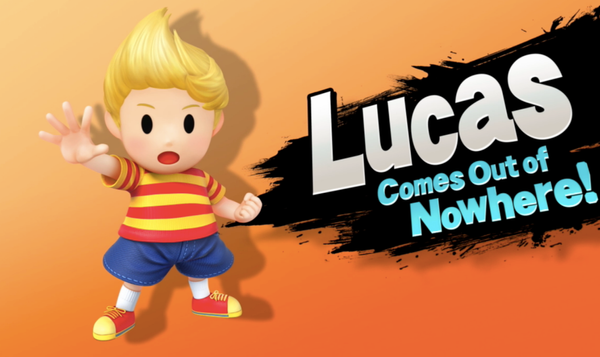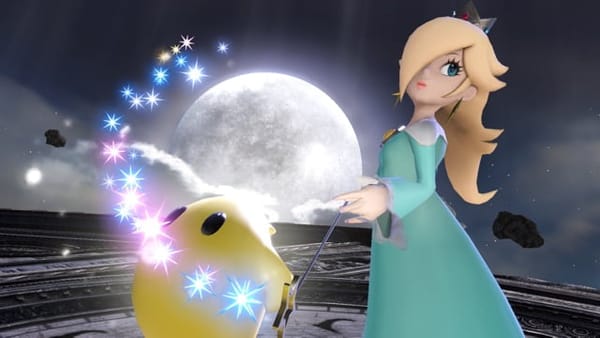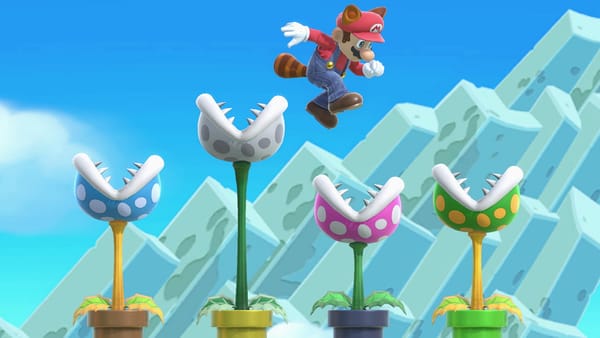Okay Google. What’s a replacement to consoles?
The next generation of gaming might not be defined by consoles, but by a “Netflix” approach to your gaming library.

Console generations have been marked with gamers dropping over £300-£400 on a new console, £50 on new titles, and more recently £60 a year to play their games online. But what if the future of the next generation required no consoles, no fancy rigs nor any need to pay to access the boradband your already paying for?
The entertainment industry has mostly moved away from physical media and has embraced digital downloads and with the advent of platforms such as Spotify and Netflix. Consumers no longer need to “own” media in order to enjoy music and movies. An unlimited selection of titles is now what the average person expects. But can gaming become the next industry to be embraced by streaming? Short answer: Yes. Long answer: It’s complicated.
Cloud Gaming
Now subscription-based models for access to a large library of video game titles is nothing new for the industry. The idea of a cloud gaming service is already a decade old. It has been trialled, tested, released, a bit of success before ultimately failing. This gaming achievement was unlocked by OnLive.
The First Attempt
What exactly was OnLive? It was a cloud gaming service which enabled its subscribers to rent video games without having to install games on their device. All the rendering for the games happened on remote servers and the fully rendered game would be sent to your device. No longer would you need to dedicate your 1TB hard drive to 500GB of video games and DLC. Gamers could rejoice at this revolutionary concept. There would have been no need to build expensive PC rigs and the appeal of an easier distribution platform would have surely pulled developers and publishers to this new method of distribution. It worked for Spotify and it worked for Netflix. The service, to the surprise of video game sceptics, worked!
So where is OnLive now? A myriad of business issues behind the scenes ultimately led to OnLive becoming defunct in April 2015 with Sony acquiring its patents. It was a service which was ahead of its time.
PlayStation Now
Sony, then also equipped with Gaikai, (a rival of OnLive in the early 2010s), had been making great advances in cloud based gaming with the PSP and PS Vita allowing Remote Play (a method of streaming) with the PS3 and PS4. Sony had introduced its digital video game subscription service with PlayStation Now in 2015 on PlayStation 4 and PC. This has given gamers access to over 500 Playstation titles for £12.99 per month. This service in some aspects represents the “Netflix of gaming” narrative. But it’s requirements of downloads now combined with it being targeted at a pre-existing market of gamers does not embrace what OnLive set out to do.
Google Stadia
Initially conceptualised as Project Stream, the Stadia was unveiled at Game Developers Conference (GDC) in March 2019. The Stadia aims to embrace the Netflix arhcitecture for media as OnLive did during its era.This is Google’s first step into the games industry, and it is definitely a bold move.
The heavy processing that was previously tied to expensive gaming rigs and consoles using Google’s infrastructure. Claims of 10.7 teraflops of power have cited for cloud computers which make light work of the Xbox One X’s 6.0 teraflops.
Stadia is designed to run simply through the Google Chrome browser. Nothing else is needed besides a controller.
Alphabet also owns YouTube, so it should be no surprise that the massive video sharing platform will be used to enhance the Stadia experience. You could be watching a trailer for a game which is currently out, and if it’s available on the Stadia, then you could be playing it instantly. With a large community of streamers on YouTube, Google can easily incorporate the average watcher into a gamer with Stadia’s “Crowd Play” feature which will allow players to jump into the same game as their favourite streamer and even join their multiplayer session.
Google’s not the only tech giant entering the game industry. Rival technology companies Microsoft, Apple and Tencent all have their own projects in the works with Project xCloud, Apple Arcade and Tencent Start. The future of cloud based gaming is certainly up in the air. The Stadia is a cool concept, but Google is certainly not an originator in this field.
Verdict?
The chief marketing officer of Xbox, Mike Nichols, has claimed that Google might struggle to compete as they “don’t have the content”. which is a valid claim. We still have much to learn about the Stadia including its unknown game library, unknown price, and the dependence on your internet connection. Though with improving broadband speeds as well as the 5G rollout, this issue going into 2020 could be prevented from being the Achille’s Heel of Google Stadia. The Google Stadia will release towards the end of 2019. Who knows, we might have Google appearing at E3 this year.









